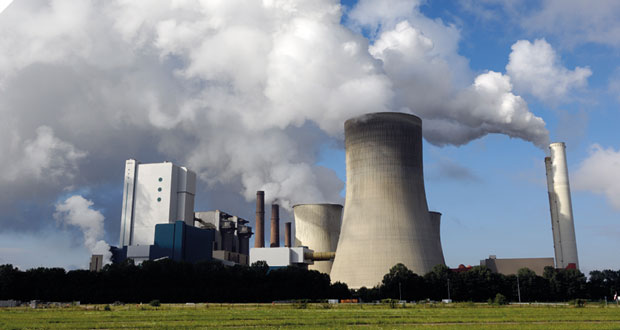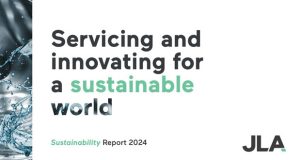 The SFMI Scope 3 Framework is designed to positioning FM as a key player in driving decarbonisation through the supply chain. Chris Havers, Director at the Acclaro Advisory offers some valuable insights into the project
The SFMI Scope 3 Framework is designed to positioning FM as a key player in driving decarbonisation through the supply chain. Chris Havers, Director at the Acclaro Advisory offers some valuable insights into the project
Over the course of 2023, the Sustainable Facilities Management Index (SFMI) and a group of forward-thinking FM providers in the UK and Spain (BAM FM, Skanska, Bouygues E&S and Optima Grupo) embarked on an ambitious project. The aim was to set the industry standard for how FM providers measure their scope 3 emissions. Our approach has delved into the often unknown and unmeasured territory to build a more accurate emissions impact for their activities and how they can be allocated to customers.
This project is part two of a four-phase project. Providing the FM with a tried and tested approach to measuring their scope 3 emissions, it can yield benefits for the FM industry as a whole. There are also growing drivers for this. New regulations are requiring the calculation of scope 3 emissions and assessment of climate risk. The SBTi (Science Based Target initiative) is now scrutinising the impact of use of services on customer sites as part of its validation process for SBTi approval. This requirement was not in place for FMs that set their targets in previous years.
So, what benefits does this framework give FM? It gives FMs the ability to work more closely with their customers and align with the ongoing need to achieve net zero carbon emissions, and it improves the industry’s reputation for delivering net zero emissions services in the future.
WHY? 1. REPUTATIONAL BENEFITS
FM providers are increasingly marketing themselves as a service that can help to achieve net zero for its customers. However, there has been a plethora of net zero targets being set by FM providers which incorporate a large range of activities in their targets, ranging from direct emissions only, to those aligned to wider Carbon Reduction Plan categories. Given the fact that many large FMs are now showcasing themselves as a form of transition industry, this inconsistency shows a lack of carbon proficiency and maturity in the FM industry which can have a negative effect.
WHY? 2. REVENUE
Being able to measure impact should be a key requirement for service providers and can then impact the revenue it generates. If FM is to be pitching itself as a solutions provider to net zero carbon, then it must be able to measure this impact. Being able to measure this can lead to increased revenue sources for a low margin constrained industry. But it must do so accurately and with integrity. Most building stock will still be around in 2050, so only major refurbishment projects will achieve the carbon savings needed. The modelling and enabling of this transition is a potential revenue generator for an industry that is effectively measuring its impact.
WHY? 3. ENHANCING THE ROLE OF FM IN CARBON MANAGEMENT OF BUILDINGS
FM has struggled to get a seat at the table in the building life-cycle in managing the carbon impact of buildings. This agenda is often dominated by the upfront embedded carbon during construction produced by materials like concrete. FM needs to prove with numbers that a building that has been in existence for 20 years also has indirect carbon (scope 3) locked into its operations due to the continued maintenance of the building which also carries weight. This enhanced view of the role of FM in the carbon management of a building will shine a light on the industry as a solution provider that can help the industry achieve net zero alongside the construction industry.






